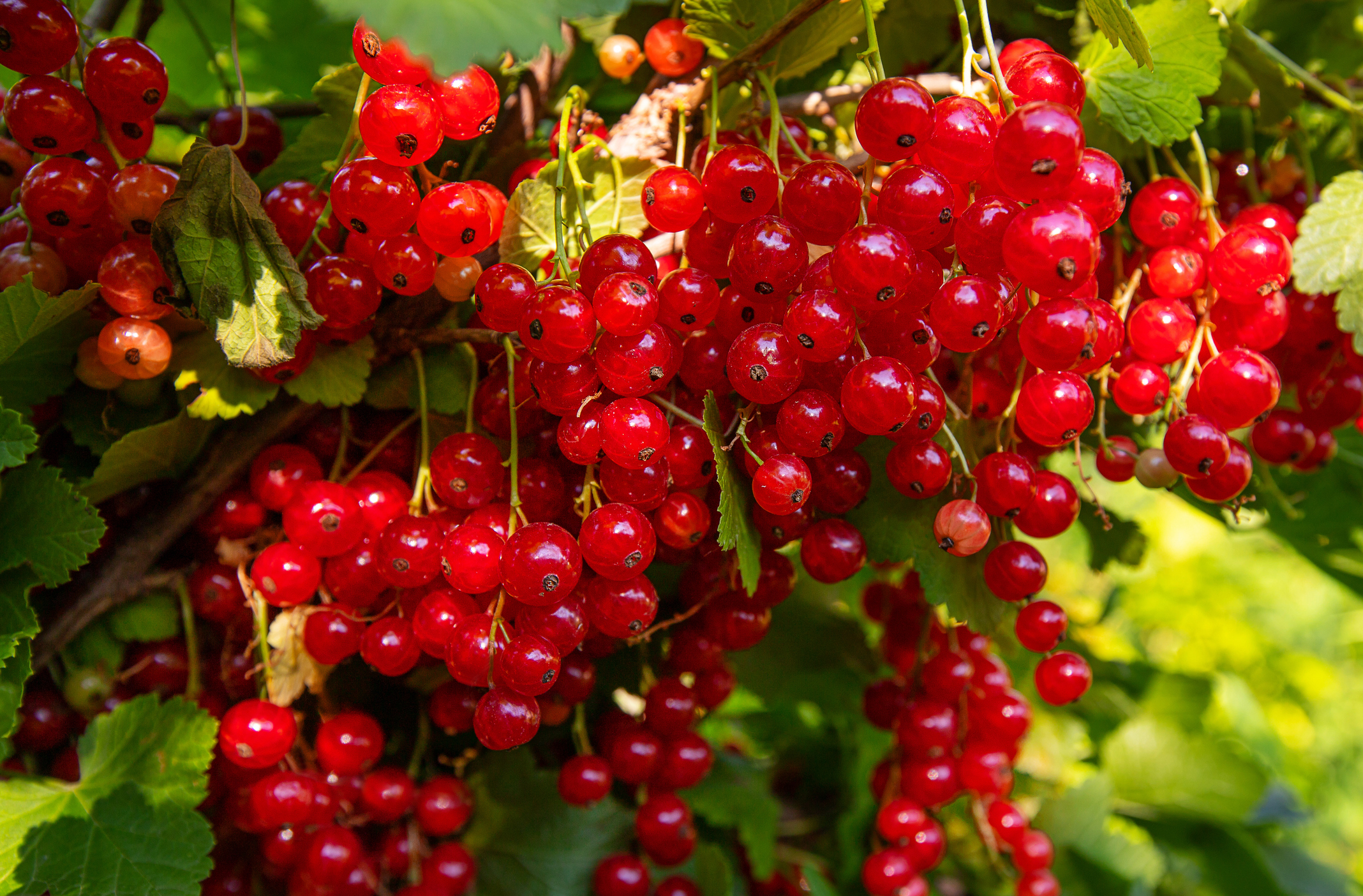
Most people in the US have never heard of currants. Commercial harvesting of these small tart berries was outlawed in 1911. In the early 1900s white pine was heavily used in construction. Currants and Gooseberries (genus Ribes) are hosts to a fungus called White Pine Blister Rust. In order to save the white pine timber industry congress outlawed commercial production of currants, hoping to save the white pine tree. Turns out the ban had no effect as Ribes grow naturally in the wild and the White Pine Blister Rust fungus ended up wiping out a large portion of white pines. White Pines that survive today are naturally resistant to the White Pine Blister Rust.
The country-wide ban on currants was lifted in 1966, but many states still have some form of ban in place to this day. For example, Massachusetts bans black currants but allows red and white currants in a few towns. New York and New Hampshire allow certain varieties of black currants. All currants can be grown statewide in Connecticut and Vermont, while Maine prohibits all black currants.
What Are Currants?
Currants are small, round berries that grow on shrubs and come in four colors:
- Red Currants – Bright, tangy berries often used in jellies, jams, and as garnish.
- Black Currants – Known for their deep purple-black color and more robust, intense flavor. Black currants are especially popular in European culinary traditions and for making syrups, juices, and wines.
- White Currants – These are a paler variety of red currants, offering a milder taste while still retaining that signature tartness.
- Pink Currants - Has a flavor between red and white currants and is possibly a cross between the two.
How to Grow Currants
These berries grow on bushes that thrive in temperate climates, especially in regions across Europe, North America, and parts of Asia. In North America, currants can be grown in zones 3 through 8, preferring full sun to partial shade. In warm climates (or hot like Oklahoma in August) one would need a heat-resistant variety, a healthy dose of afternoon shade and plenty of water. To properly develop the berries, these plants need between 1000 and 1500 chill hours.
Why are They in My Mead?
Currants have a vibrant, tangy, tart kick to them. Some describe the flavor as a mix between a grape and a cherry, or a sugar covered cranberry. We know this, they are absolutely delicious when fermented and mixed with honey.
What isn't a Currant?
If you have ever seen Zante Currants on the grocery store shelves, be aware that they are not true currants. They are actually raisins derived from Black Corinth grapes and have no relation to real currants.